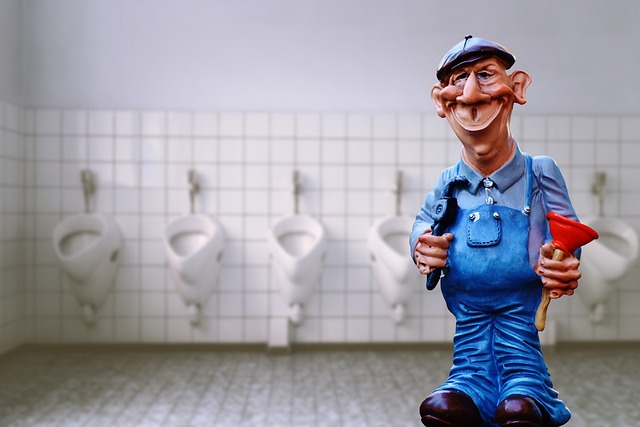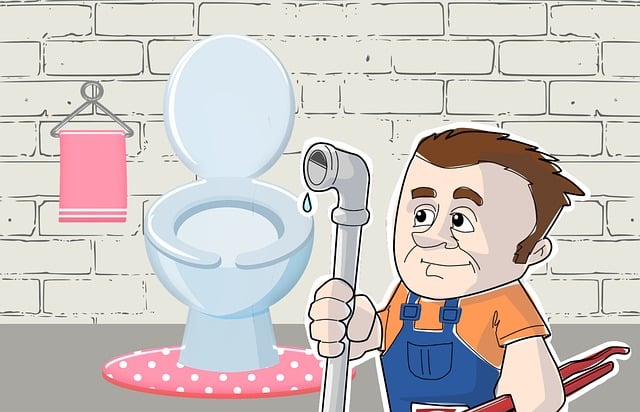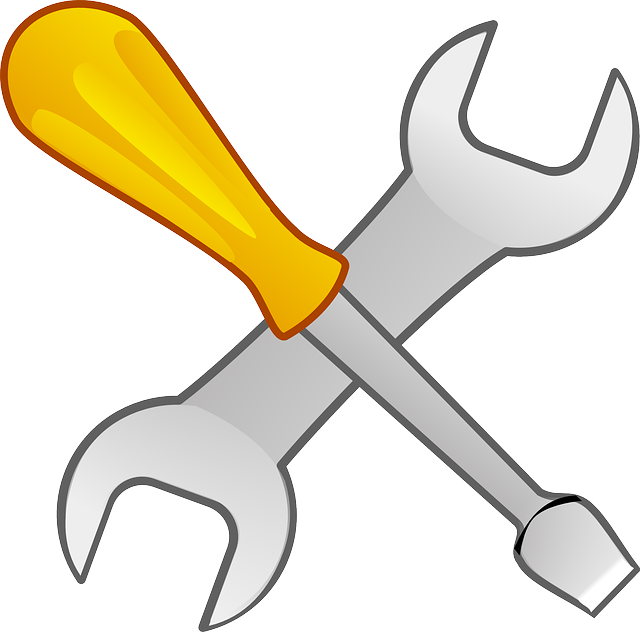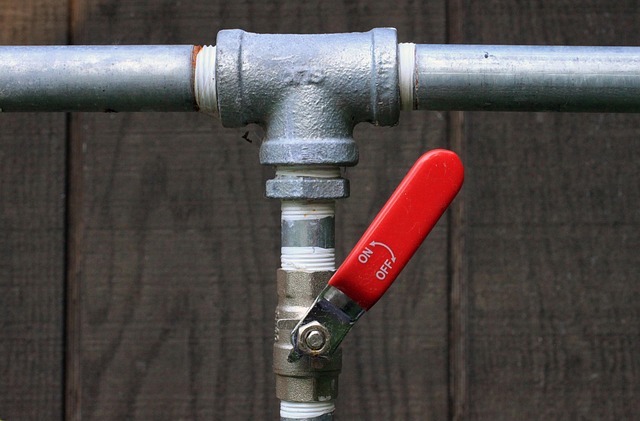Water pressure management is a crucial skill for plumbers, using tools like pressure gauges to maintain efficient and safe plumbing systems. Regular checks prevent hazards, optimize performance, and ensure pipe longevity. Plumbers test pressure (PSI) and flow rate (GPM), identifying issues like leaks or blockages through specific procedures, ensuring optimal system performance and tailored solutions.
Plumbers often need to test water pressure and flow to ensure optimal system performance. This article guides you through the process, from understanding water pressure fundamentals to identifying potential issues. We’ll explore the tools and equipment required, provide a step-by-step testing process, and offer insights on interpreting results. Armed with this knowledge, plumbers can efficiently troubleshoot and enhance water distribution systems, ensuring customer satisfaction.
- Understanding Water Pressure: The Basics for Plumbers
- Tools and Equipment Required to Test Pressure and Flow
- Step-by-Step Process for Testing Water Pressure Systemically
- Interpreting Results and Identifying Potential Issues for Plumbers
Understanding Water Pressure: The Basics for Plumbers

Water pressure is a fundamental aspect that plumbers need to master in order to ensure efficient and safe water distribution systems. Understanding the basics of pressure allows plumbers to diagnose issues, optimize performance, and prevent potential hazards. In simple terms, water pressure refers to the force exerted by the liquid as it flows through pipes, measured in pounds per square inch (psi). This force propels water through pipes, ensuring it reaches every tap, fixture, and appliance connected to the system.
For plumbers, monitoring water pressure involves utilizing specialized tools like pressure gauges. These devices allow them to check the incoming water pressure at various points within the system. By analyzing pressure levels, plumbers can identify blockages, leaks, or other problems that may affect flow and efficiency. Regular checks enable proactive maintenance, ensuring the longevity of pipes and fixtures, which is essential for any plumber’s service portfolio.
Tools and Equipment Required to Test Pressure and Flow

Testing water pressure and flow is a crucial task for any plumber, ensuring efficient and safe plumbing systems. To carry out this task effectively, several specialized tools and equipment are required. The primary instruments include pressure gauges, which measure the pressure in your pipes, and flow meters, designed to determine the volume of water passing through a specific point in a given time frame.
Additionally, plumbers often use manometers for precise pressure readings, especially in complex systems. For flow testing, vee-type or butterfly valves are handy for controlling water flow, while pipe closures and bypasses allow for isolated testing. Not to mention, various types of pipes, fittings, and connectors are essential accessories during the process, making it a comprehensive kit for any plumber tackling pressure and flow issues in a plumbing system.
Step-by-Step Process for Testing Water Pressure Systemically

Testing water pressure and flow system-wide is a crucial task for any plumber, ensuring optimal performance and identifying potential issues early on. Here’s a step-by-step guide to help you navigate this process:
1. Start at the Source: Begin by examining the main water supply valve. Check its position and ensure it’s fully open to allow maximum flow. This is where you’ll make initial pressure readings, providing a baseline for your tests.
2. Pressure Measurement: Use a pressure gauge to measure the water pressure at various points throughout the system. Start at the source, then move to faucets, showerheads, and appliances like washing machines or dishwashers. Compare the pressures at each location; significant variations could indicate leaks or blockages.
3. Flow Rate Assessment: After establishing pressure levels, assess the flow rate by timing how quickly a specific volume of water passes through a fixture. This step helps identify clogs or restrictions in pipes that may be limiting water flow.
4. Trace and Identify Issues: If you find discrepancies, use your knowledge as a plumber to trace the issue. Is it a leaky valve, a blocked drain, or corroded pipes? Identifying the source is key to effective repairs.
5. Document Findings: Record all measurements and observations for future reference. Accurate documentation aids in tracking system performance over time and helps diagnose recurring problems efficiently.
Interpreting Results and Identifying Potential Issues for Plumbers

When testing water pressure and flow, plumbers interpret results by examining key metrics such as PSI (pounds per square inch) for pressure and GPM (gallons per minute) for flow rate. A normal home system typically maintains a pressure between 40-60 PSI and a flow rate of around 2-5 GPM. Deviations from these ranges can signal potential issues. For instance, low pressure might indicate leaks in pipes or faulty pressure regulators, while high pressure could suggest a build-up of air or damage to the main water line.
Identifying these problems early is crucial for plumbers. Low flow rates can point to obstructions like mineral deposits, corroded pipes, or clogged aerators, requiring cleaning or replacement. High pressure, on the other hand, may necessitate adjusting the pressure regulator or relining pipes to prevent potential damage to plumbing fixtures and appliances. Plumbers use these insights to provide tailored solutions, ensuring optimal system performance and longevity.
For plumbers, systematically testing water pressure and flow is a crucial skill that ensures optimal system performance. By understanding the basics of water pressure, knowing the necessary tools, and following a step-by-step process, professionals can efficiently interpret results and identify potential issues. This not only enhances the quality of their work but also safeguards against costly repairs and ensures customer satisfaction. Whether addressing residential or commercial plumbing needs, this comprehensive approach is an invaluable asset for any plumber.
